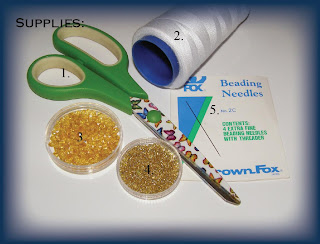On the day of Diwali, my Damodar continued to enact his lila by allowing Mother Yashoda to bind him. This pastime is described by Srila Prabhupada as follows:
Mother Yaśodā chased Him to all corners, trying to capture the Supreme Personality of Godhead, who is never approached even by the meditations of great yogīs. In other words, the Supreme Personality of Godhead, Kṛṣṇa, who is never caught by the yogīs and speculators, was playing just like a little child for such a great devotee as Mother Yaśodā. Mother Yaśodā, however, could not easily catch the fast-running child because of her thin waist and heavy body. Still she tried to follow Him as fast as possible. Her hair loosened, and the flowers in her hair fell to the ground. Although she was tired, she somehow reached her naughty child and captured Him. When He was caught, Kṛṣṇa was almost on the point of crying. He smeared His hands over His eyes, which were anointed with black eye cosmetics. The child saw His mother’s face while she stood over Him, and His eyes became restless from fear.
Mother Yaśodā could understand that Kṛṣṇa was unnecessarily afraid, and for His benefit she wanted to allay His fears. Being the topmost well-wisher of her child, Mother Yaśodā thought, “If the child is too fearful of me, I don’t know what will happen to Him.” Mother Yaśodā then threw away her stick. In order to punish Him, she thought to bind His hands with some ropes. She did not know it, but it was actually impossible for her to bind the Supreme Personality of Godhead. Mother Yaśodā was thinking that Kṛṣṇa was her tiny child; she did not know that the child had no limitation. There is no inside or outside of Him, nor beginning or end. He is unlimited and all-pervading. Indeed, He is Himself the whole cosmic manifestation. Still, Mother Yaśodā was thinking of Kṛṣṇa as her child. Although He is beyond the reach of all senses, she endeavored to bind Him to a wooden grinding mortar. But when she tried to bind Him, she found that the rope she was using was too short—by two inches. She gathered more ropes from the house and added to it, but still she found the same shortage. In this way, she connected all the ropes available at home, but when the final knot was added, she saw that the rope was still two inches too short. Mother Yaśodā was smiling, but she was astonished. How was it happening?
In attempting to bind her son, she became tired. She was perspiring, and the garland on her head fell down. Then Lord Kṛṣṇa appreciated the hard labor of His mother, and being compassionate upon her, He agreed to be bound up by the ropes. Kṛṣṇa, playing as a human child in the house of Mother Yaśodā, was performing His own selected pastimes. Of course, no one can control the Supreme Personality of Godhead. The pure devotee surrenders himself unto the lotus feet of the Lord, who may either protect or vanquish the devotee. But for his part, the devotee never forgets his own position of surrender. Similarly, the Lord also feels transcendental pleasure by submitting Himself to the protection of the devotee. This was exemplified by Kṛṣṇa’s surrender unto His mother, Yaśodā.
Kṛṣṇa is the supreme bestower of all kinds of liberation to His devotees, but the benediction which was bestowed upon Mother Yaśodā was never experienced even by Lord Brahmā or Lord Śiva or the goddess of fortune.
The Supreme Personality of Godhead, who is known as the son of Yaśodā and Nanda Mahārāja, is never so completely known to the yogīs and speculators. But He is easily available to His devotees. Nor is He appreciated as the supreme reservoir of all pleasure by the yogīs and speculators.
Krsna Book Chapter 9: Mother Yashoda Binds Lord Krsna




 Supplies:
Supplies:


+of+blog3.jpg)
+of+blog3.jpg)
+of+blog3.jpg)

+of+blog3.jpg)
